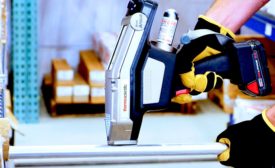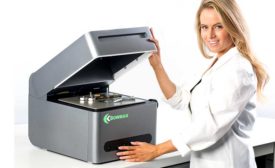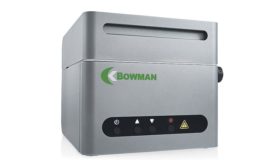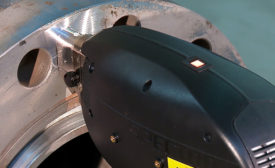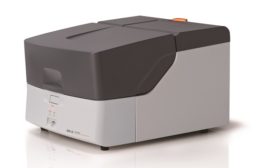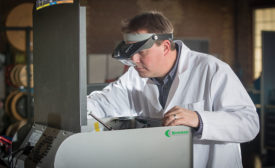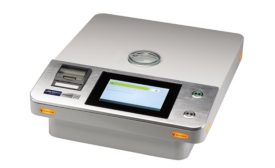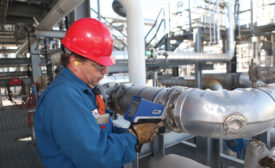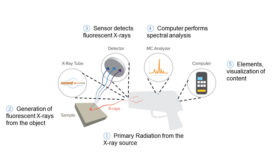Home » XRF analysis
Articles Tagged with ''XRF analysis''
Often the biggest challenge is choosing the right technology for your application.
Read More
XRF Analysis: What Labs and Lines Really Want—and New Features That Get Them There
Everyone’s ultimate goal: minimal variation, maximum speed.
April 8, 2019
How to Determine the Appropriate Mobile or Handheld Metal Analyzer for On-the-Spot Metal Testing Tasks
Quality-conscious organizations can’t afford to hand off responsibility for metals verification.
November 1, 2018
Back to Basics: Detecting Heavy Metals Using X-Ray Fluorescence
Beginner tips to understand the role XRF plays in restricting hazardous materials.
October 2, 2018
With XRF Measurement, the Goal is Achieving Low Limits of Detection Precisely—and Fast
Here’s how to get there.
June 8, 2018
XRF 101: Choosing the Right Analyzer
Consider these seven points to help you identify what tool best meets your needs.
November 13, 2017
Triboluminescence: Enabling Major Advances in XRF
Triboluminescent X-ray generation has had a profound impact on XRF technologies.
October 17, 2017
Stay in the know with Quality’s comprehensive coverage of
the manufacturing and metrology industries.
eNewsletter | Website | eMagazine
JOIN TODAY!Copyright ©2024. All Rights Reserved BNP Media.
Design, CMS, Hosting & Web Development :: ePublishing
